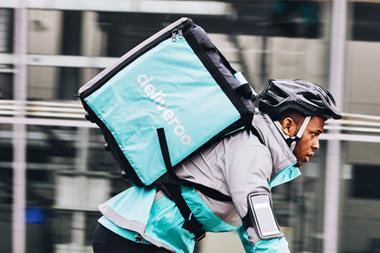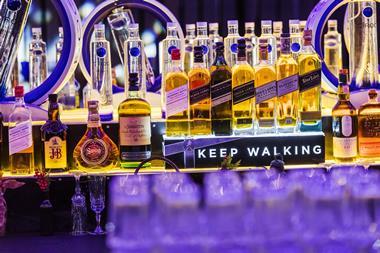The French probably do luxury better than anyone else, says Chris Seale, head of Champagne and cognac at Pernod Ricard UK. "Look at how much more accessible luxury brands have become these days. Dior, Chanel and L'Oréal are now increasingly mainstream."
It is in this context one should view the growth of cognac.
The British drink more cognac every year than the French. And the grape-based spirit has never been more popular on this side of the Channel, with off-trade volume up 5.9% and value up 8% last year [Nielsen MAT 23/03/08]. Not bad for a dark spirit in a market dominated by vodka (which is set to overtake sales of blended Scotch in the off-trade this year for the first time ever).
Even more pleasing are reports from producers and brand owners that the premium VSOP and XO lines are driving growth."Cognac is benefiting from the consumer trend for products with heritage and provenance," says Seale,who looks after the UK's top-selling cognac, Martell.
"As a category we have benefited from a resurgence in our appreciation of France and we are seeing that consumers are more willing to trade up and pay a bit extra for a product they feel is truly authentic."
To encourage this trend, Pernod Ricard is keen to move away from the discounting strategy that plagues the category, particularly at key sales periods such as Christmas, and instead invest in promotions designed to help consumers trade up.
"Last December we ran an off-trade promotion where we gave away a miniature bottle of VSOP with each bottle of VS we sold," says Seale. "The idea was to boost trial of the more expensive cognac so that drinkers could experience the extra quality they would be getting for just a few more pounds."
Cognac, of course, can only be French, but can other drinks trade off the image of France as a purveyor of luxury?
Brasserie Pietra, in Corsica, is attempting to do just that in the beer category. It is hoping to tap into the appeal of France but also the growth in world beers and the move by the industry to make beer a more premium option, says Dominique Sialelli, brewery president.
The company exports two beers to the UK: a wheat beer called Colomba and a beer made with chestnuts, which is typical of the region, branded Pietra. "We are promoting the beers as good to drink with food," says Sialelli. She feels there is a lot of potential because, while wine is traditionally drunk with meals in France, in UK restaurants it isn't uncommon for people to drink beer instead.
The beer with food movement is being backed by some heavyweight brewers.
The Kronenbourg 1664 brand, for example, trades heavily on its French heritage, and its Premier Cru label features food-matching suggestions.
InBev's La Famille Artois range is another brand hoping to capitalise on its French connections as it is attempting to reposition Stella Artois once again as a sophisticated tipple.
Cider is another category pushing its more sophisticated side, with producers launching single varietal ciders and promoting cider with food. Cidreries du Calvados La Fermière is aiming at this market.
"The UK and Ireland are targets right now," says Scott Worrall, area export manager. "We are doing our best to show that we can make quality cider at a reasonable price and in packaging the market demands."
Worrall is hoping the cider's low alcohol levels and the fact it is less gassy than most UK ciders will win it fans this summer.
However, while trading on its Normandy roots (the company is pushing its Normandie Brut and Cuvée Speciale Brut in the UK), the company has had to make concessions to please buyers here.
"The UK demands that ciders be at least 5% abv. This is not the case in France, where most of the products that are popular have far less alcohol," explains Worrall. "We have also had to invest in producing cans for the UK, which was demanded of us even though we don't sell it in that format in France."
Cans of cider don't scream luxury, but maybe it's up to the French to change that.n













No comments yet